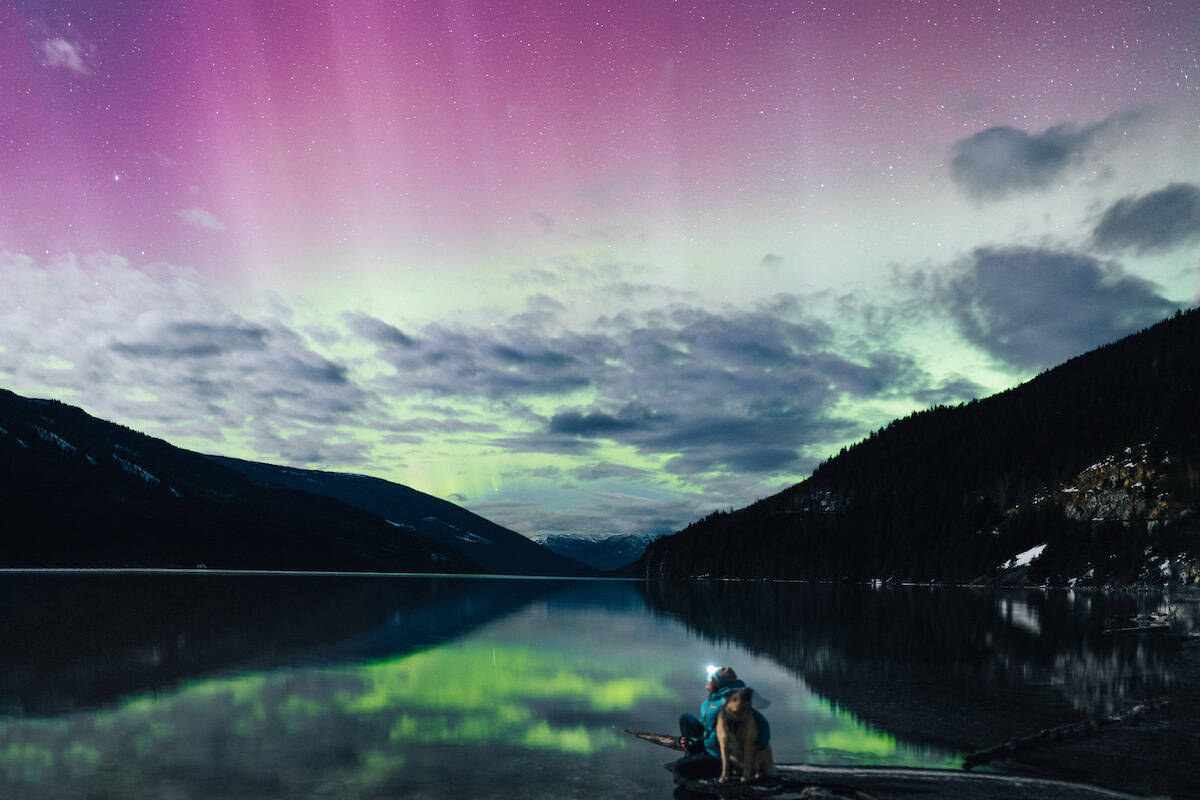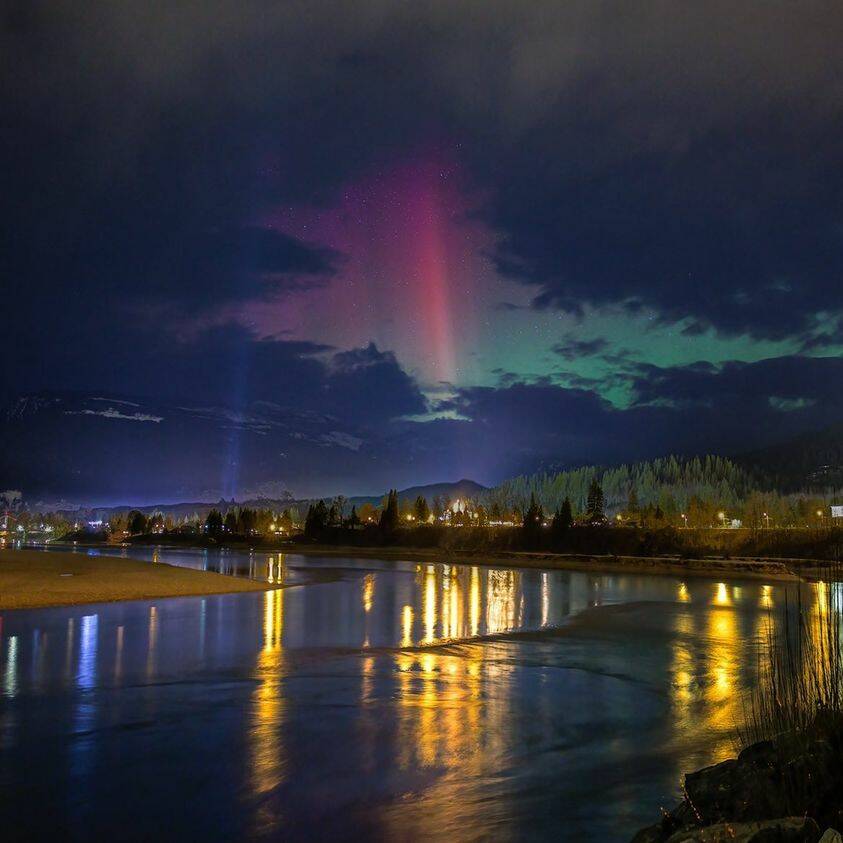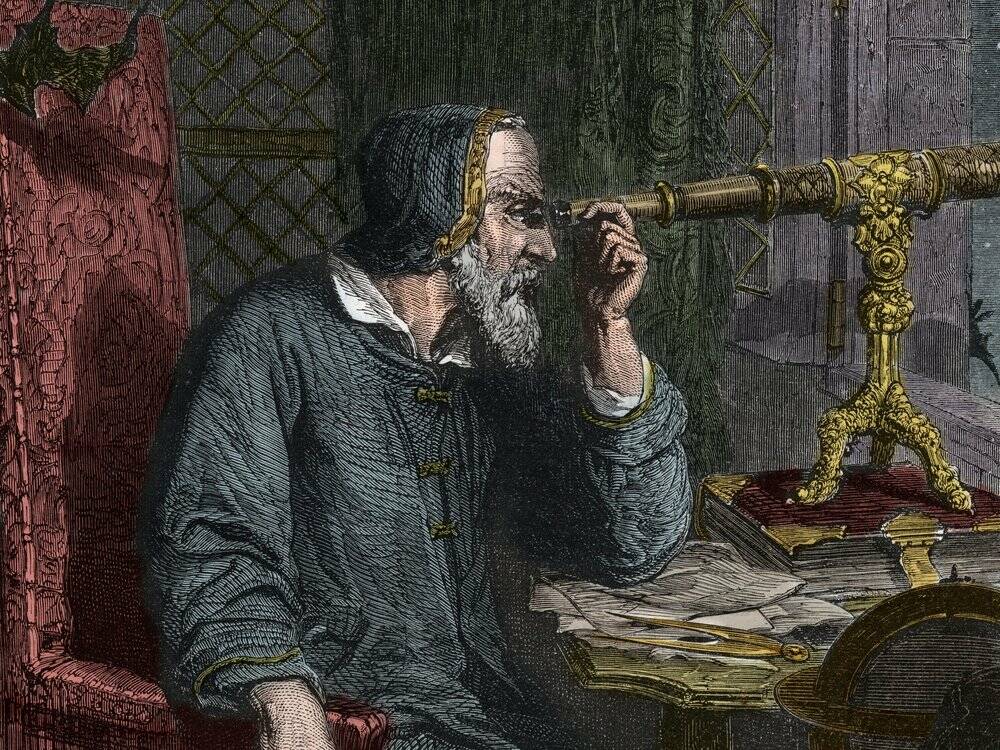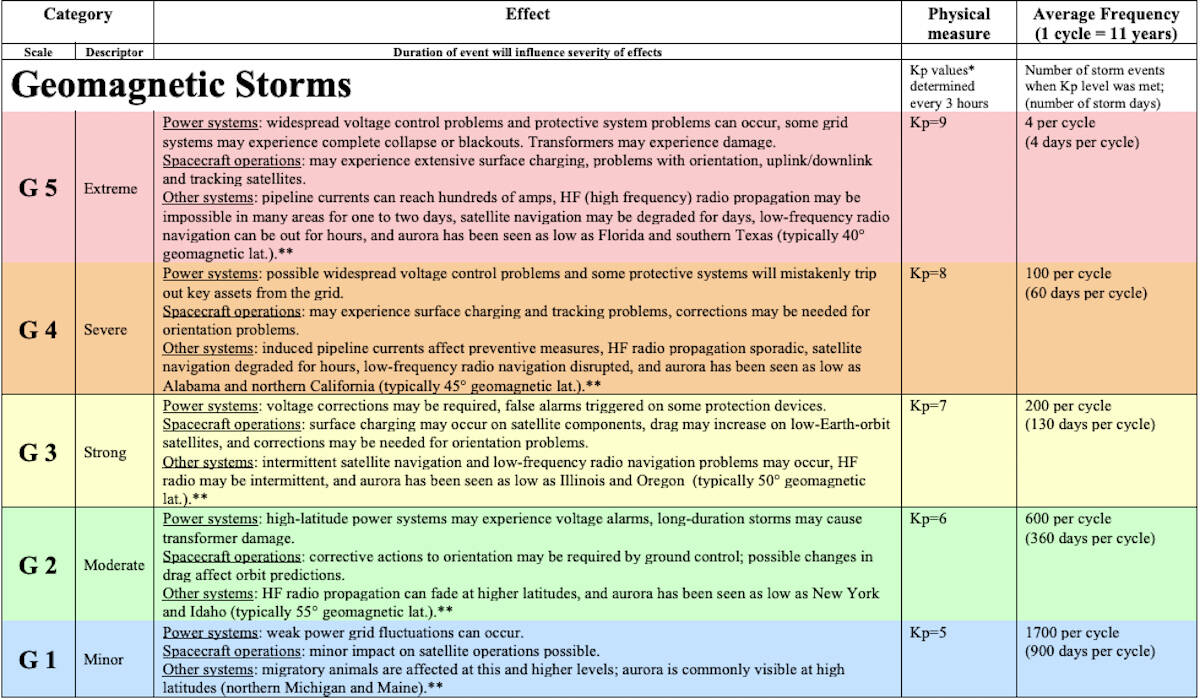The dancing lights of the aurora borealis lit up the skies all over British Columbia last weekend.
Those who didn’t have a chance to see the celestial phenomenon for themselves may be in luck, as experts predict an increased number of light displays over the coming years.
According to Bill Murtagh, Program Coordinator of the National Oceanic and Atmospheric Administration (NOAA) Space Centre, people in B.C. can expect to see more aurora borealis over the next three years as the sun reaches a significant date on its calendar.
“We’re certainly seeing things ramp up quite interestingly right now,” said Murtagh.
Aurora borealis, a Latin phrase meaning ‘dawn of the north’, is created when an eruption occurs on the sun, shooting a solar flare full of magnetic solar particles through the void of space. When the charged particles of electrons and protons from that flare are fired directly at the earth, they interact with the elements in the earth’s atmosphere.
The interaction, known as a geomagnetic disturbance between the sun’s energetic radiation particles and the elements such as oxygen, nitrogen, and hydrogen in the atmosphere, creates the vibrant reds, greens, and purples that are seen from the surface of the earth.
The sun, much like the earth, has north and south poles. Unlike earth though, the sun’s magnetic poles switch approximately every 11 years. Murtagh said that during this solar cycle when the flip in poles is happening, the magnetic fields of the sun get all twisted and distorted, creating sunspots that eventually turn into eruptions.
According to Murtagh when the poles get established, all is quiet. This period in the sun’s cycle is called a solar minimum. From 2019 to 2021, the sun was in the minimum stage of its cycle.
Now, the sun is ramping up towards its most unstable magnetic phase, the solar maximum, which scientists predict will peak in 2025.
Murtagh said the previous solar cycle where scientists observed a large number of geomagnetic storms was when he first started studying space weather in 1997.
“That cycle was busy,” exclaimed Murtagh. “We had lots of eruptions, and consequently there would have been a lot of aurora displays.”
He added that the last solar cycle was very quiet, even at the solar maximum.
“We’re actually coming out of a period, not only a solar minimum, but with a previous weak maximum,” said Murtagh. “We haven’t seen much in the last 10 to 15 years in the way of aurora.”
Scientists have kept a record of the sun and its activity with telescopes since the times of Galileo, and Murtagh said they have a strong record of suns spot activity dating back to the 1700s.
He explained that this strong record of historic data helps space meteorologists predict the patterns of the sun’s magnetic activity.
Scientists use telescopes located in the earth’s orbit to track solar flares when they occur and judge whether or not the earth would be hit.
The geometric storm which caused the northern lights last weekend was classified as a G3 storm, which causes aurora to be seen as low as Illinois and Oregon.
In 2024, before the peak of sunspot activity when the sun approaches its solar maximum, NOAA said they are set to launch a new spacecraft dedicated to operational space weather forecasting which will be equipped with instruments that sample the solar wind, provide imagery of coronal mass ejections, and monitor other extreme activity from the sun in detail.
Visit spaceweathergallery.com/aurora_gallery to check out more photos from all over the globe as they happen.
READ MORE: Northern Lights dance over Vernon
READ MORE: Northern Lights colour Okanagan night
@josh_piercey
josh.piercey@revelstokereview.com
Like us on Facebook and follow us on Twitter.
and subscribe to our daily newsletter.




